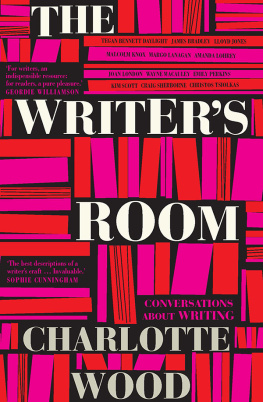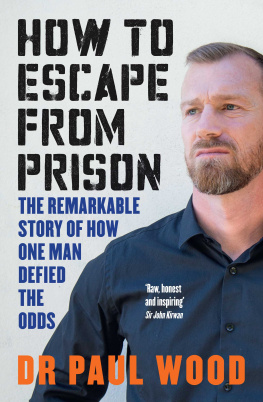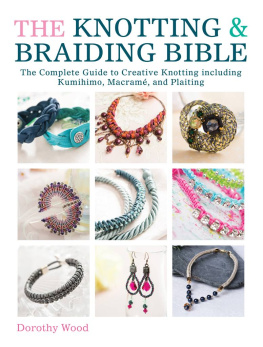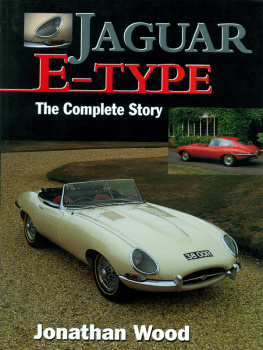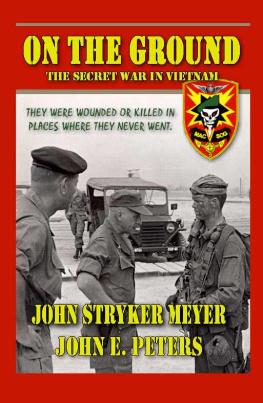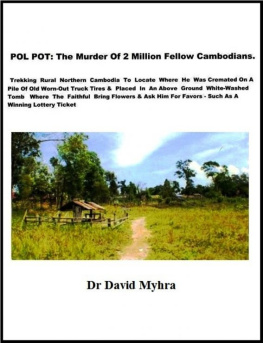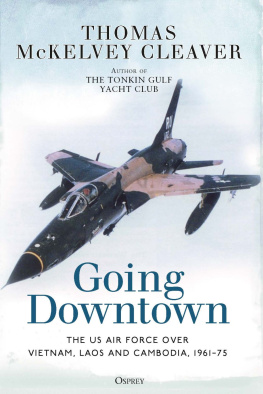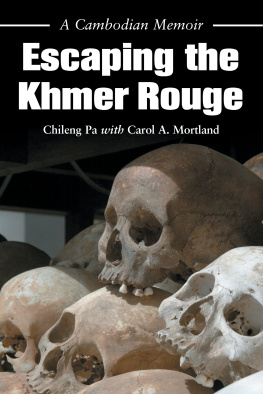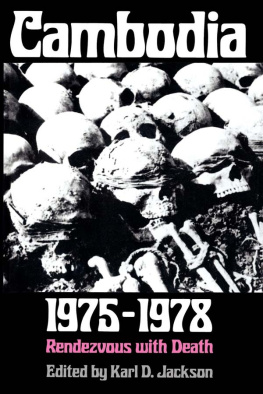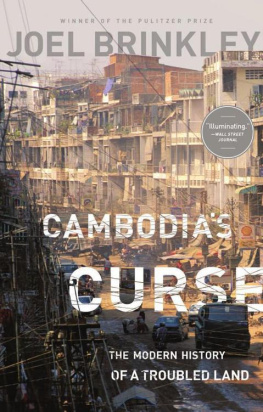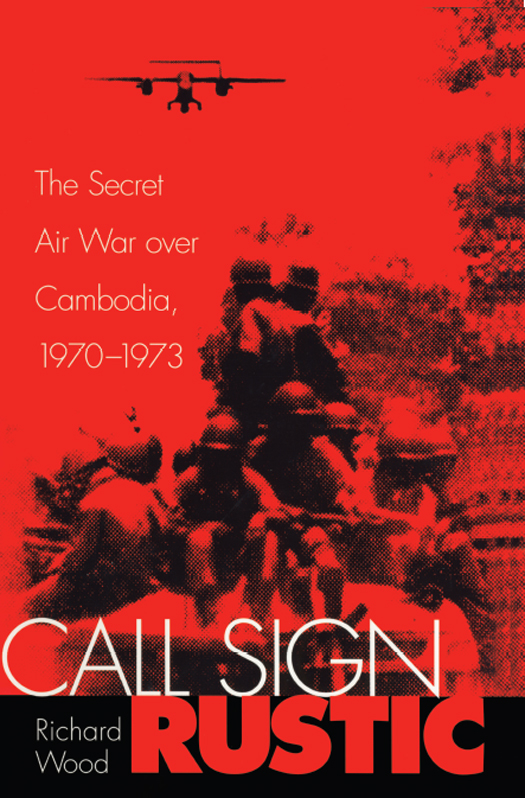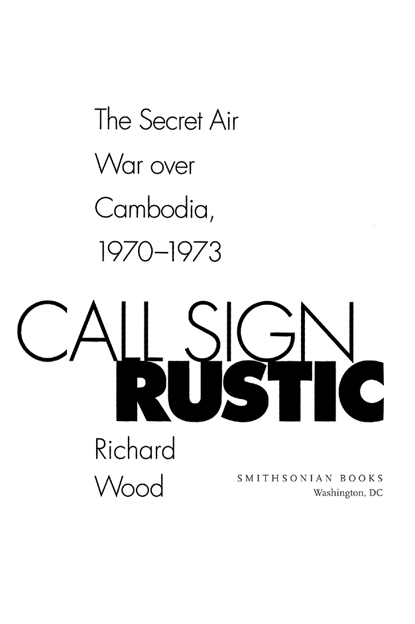2002, 2010 by the Smithsonian Institution.
All rights reserved
Production editor: Robert A. Poarch
Designer: Janice Wheeler
Library of Congress Cataloging-in-Publication Data
Wood, Richard, 1931
Call sign Rustic : the secret air war over Cambodia, 19701973 / Richard Wood; foreword by Mark Berent.
p. cm.
Includes bibliographical references.
eISBN: 978-1-58834-343-7
1. CambodiaHistoryCivil War, 19701975Aerial operations, American.
2. Vietnamese Conflict, 19611975CampaignsLaos. 3. Vietnamese Conflict, 19611975Aerial operations, American. I. Title.
DS554.8 .W66 2002
959.704dc21
2002019198
British Library Cataloguing-in-Publication Data available.
For permission to reproduce illustrations appearing in this book, please correspond directly with the owners of the work, as listed in the individual captions. Smithsonian Books does not retain reproduction rights for these illustrations individually or maintain a file of addresses for photo sources.
SMITHSONIAN BOOKS
Washington, DC
v3.1
This book is dedicated to the Rustics killed in action in the air war in Cambodia
1st Lt. Garrett Edward Eddy, O-2 pilot, born December 22, 1944, killed in action north of Tang Kouk, Cambodia, October 1, 1970
1st Lt. Michael Stephen Vrablick, O-2 pilot, born July 8, 1946, killed in action north of Tang Kouk, Cambodia, October 1, 1970
1st Lt. Joseph Gambino Jr, OV-10 pilot, born July 4, 1949, killed in action south of Kompong Thom, Cambodia, April 7, 1973
This book is also dedicated to the many Cambodian friends of the Rustics who lost their lives in the defense of their country
When good men die, their goodness does not perish, but live though they are gone. Euripides
Contents
Foreword
Mark Berent
Foreword
Several decades have passed since I returned from my assignment at the American Embassy in Phnom Penh, Cambodia. Im filled with so many memories; some sweet, some bitter, but all of them so intense I can re-create any given moment in my mind. The most vivid memories spring from the events in the spring and summer of 1973, toward the end of American airpower involvement.
In that year we had the Vietnam War in miniature going on in Cambodia. It was the same old formula: American government promises, fighting escalates, American government pulls out. Initially the American commitment was quite marginal in a country delighted to have us help in their fight against the communist aggressor. They welcomed us as if we were the cavalry riding to the rescue in a scene from an old John Wayne movie. That attitude, of the fighting Cambodians, the ones truly dedicated to protecting their country, made us feel we could, unlike in South Vietnam, accomplish something positive. We Americans in the embassy, some of us anyhow, felt excited in that we could apply the bitter lessons learned in South Vietnam to the current situation. We honestly felt we could make a difference. Almost all of us had at least one combat tour in Vietnam and we had no difficulty remembering how it was.
In January of 1973, much to Ho Chi Minhs delight, a cowardly Congress stopped American combat in Vietnam. However, the Nixon-Kissinger duo permitted full American air support to continue in Cambodia until August 15, 1973. This meant that B-52 and FB-111 bombers were available around the clock, AC-130 Spectre gunships along with Vietnamese gunships were available during the night, and more than two hundred strike flights were on tap during the day.
Of course, no strikes in support of the Cambodian ground troops could be put in without the valiant Forward Air Controllers (FACs) who flew their planes low and slow over enemy positions talking to the radio operators of the ground commanders on their FM (Fox Mike) radio. During that period, the Rustic FACs not only played a major role in the Cambodians fight against the communist Khmer Rouge guerrilla forces, they become close combat partners and friends with the ground commanders and their radio operators. French-speaking Air Force NCOs flew in the backseat to avoid language problems with the French-speaking Cambodians. These young enlisted warriors volunteered from jobs such as clerk typist and airplane fueler and were flying combat within hours of being asked.
Somewhat sub rosa, my office became heavily involved in the prosecution of the air war using these assets. During the time the USAF command post, Blue Chip, powered down at Tan Son Nhut preparatory to reopening at Nakhon Phanom, Thailand, we assumed more control than ever before. We were allowed to import such stalwarts as Maj. Dave Sands and Sgt. Gil Bellefeuille (who had many backseat Rustic missions) who helped us sort out the missions as well as helping set up Cambodian Tactical Air Support Centers. Our main call sign was Area Control and we used personal call signs such as Papa Wolf (Berent) and Dirty Dog (Sands). We became well known on the Cambodian FM frequencies and were often told we were far better than Blue Chip because we made instant decisions. One time we even called on a Rustic OV-10 near Phnom Penh to attack and shoot down a renegade T-28 pilot who just tried to bomb the Cambodian Headquarters and then defect to Norodom Sihanouk in Red China. (The pilot, married to a close relative of Sihanouk, dropped his bombs short and cracked my hooch a bit.)
For Area Control radio communications, I had a Mk-108 radio pallet on my desk with UHF, VHF, FM, and HF radios. I put the generator on the embassy roof. (Later I received more sophisticated equipment.) We dodged the media (except for Denis Cameron and Kate Webb of the UPI, who were on our side) and two congressional aides from Senator Churchs office. We also got permission to refuel, but not rearm, the Rustics at Pochentong, the air base and airport outside Phnom Penh. We had a tragedy on the runway when one OV-10 crashed and burned. The black greasy smoke rose over the city as a memorial to a warrior who gave his all for another flag. Two others crashed but survived. We also had a crippled A-7 recover there as well as a badly shot up C-130 whose crew kissed the ground after they hurriedly evacuated the fuel-leaking transport.
Once targets were confirmed by Area Control and the Cambodian DASC (Direct Air Support Center), the FAC would call in a flight of USAF fighters to hammer the communists with a lethal variety of ordnance.
The Rustics were the FACs who logged the most missions and flew the most hours in support of the Cambodian fighting men during those last few months of our war in Southeast Asia.
Hourly, beleaguered radio operators would come up on a Fox Mike radio frequency beseeching air support from the Rustics against the Khmer Rouge. We in the embassy could do nothing, nothing legal, that is. Under the Cooper-Church Amendment we had many restrictions. The primary one was that no American combat troops were allowed on the ground in Cambodia. If fact, the total American presence was limited to a mere two hundred people. And that went from the ambassador right down to a clerk typist in the Military Equipment Delivery Team, Cambodia (MEDTC). We often had to fly out one or two each evening to maintain the level at two hundred.
MEDTC was there because MAAG (Military Assistance and Advisory Group) had become as politically an incorrect word and concept as napalm. A MAAG group was set up in various countries to aid that countrys military to become an effective fighting force. Not so in Cambodia. Advising was verboten. Therefore, our MEDTC members (Army, Navy, and Air Force), could only assess what the Cambodian fighting forces needed, could only order the equipment and arrange transportation into Cambodia. They could not legally show them how to put a cartridge into a rifle, much less advise them which way to point the gun. Further, the dollar amount of aid to Cambodia was miniscule compared to that sent to Vietnam.


